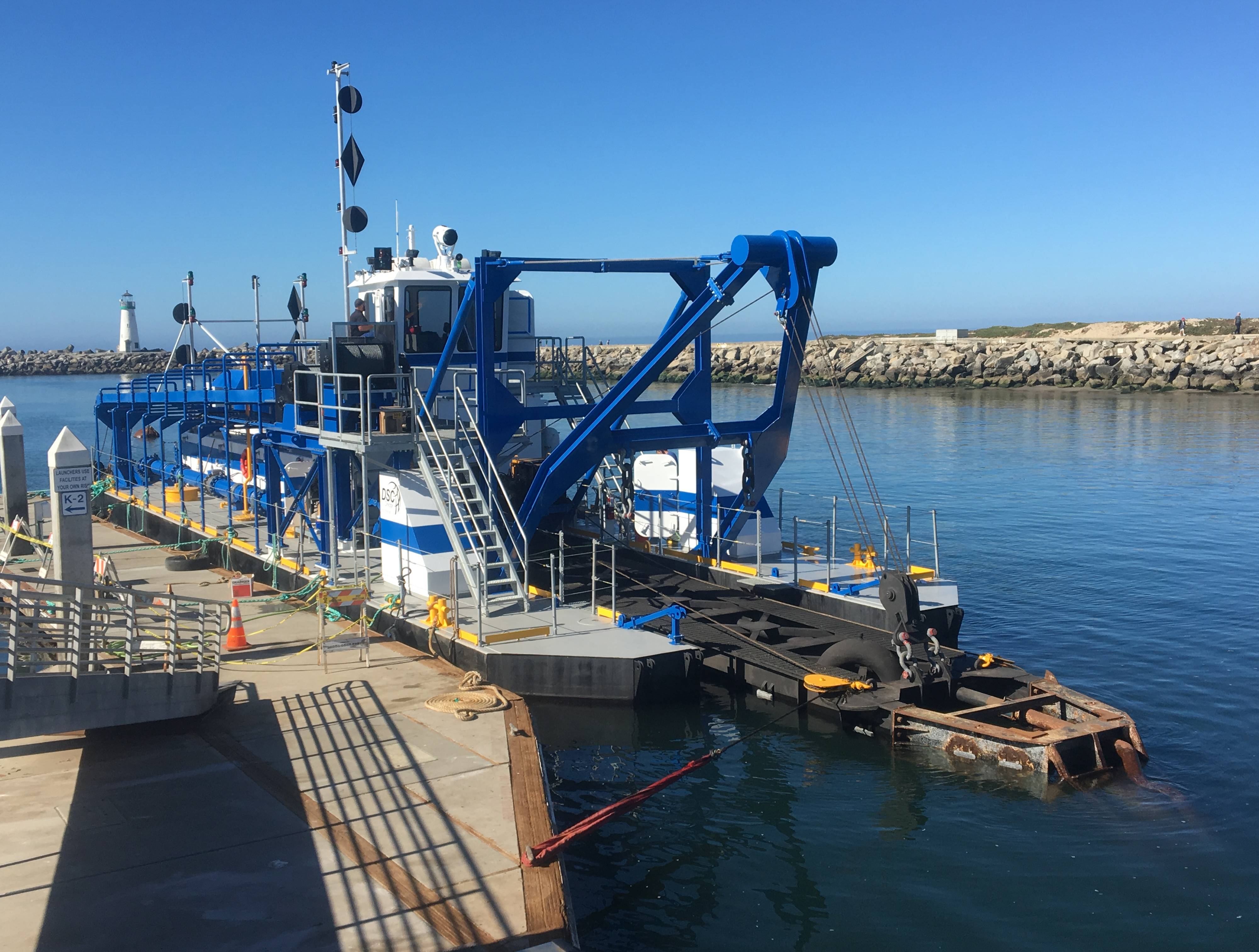
Southampton water (River Hamble – upstream of dock-head in Southampton Water in Itchen and Test estuaries) , Lymington River and Estuary (upper reaches of the estuary) , River Tamar (above the village of Cargreen), Fowey (above Wiseman’s Point but not including area of commercial port activity) , Lynher River (upstream of Jupiter Point) , This condition applies in the following areas, and potentially to all dredging applications: Plymouth Sound, This is to avoid any detrimental impacts on migratory fish populations No dredging activities may be carried out between 1 March and 30 November Each condition will include who you would need to contact if you wanted to discuss the relevance of the precautionary conditions to your specific project. These precautionary conditions have been developed in consultation with Natural England and Environment Agency.
DREDGE HARBOR MARINA FULL
Where your application does not meet this accelerated licensing for dredging criteria the full marine licensing process will need to be followed. You must provide 2 surface samples that are representative of the area to be dredged for activities between 1,000 and 3,000 cubic metres a campaign and less than 10,000 cubic metres a year. You must provide 1 surface sample that is representative of the area to be dredged for activities between 500 and 1,000 cubic metres a campaign and less than 10,000 cubic metres a year. You must provide information on the physical and chemical characteristics of the dredged material with the application for it to be considered full and complete. Other criteria relating to environmental protection and interference with other legitimate uses of the sea must also be met before a dredging activity can be confirmed as appropriate for the accelerated licensing process.

If your dredging activity is between 500 and 3,000 cubic metres a campaign, and less than 10,000 cubic metres a year, it may be processed with a 10-working-day consultation.

You can find information on the licensing requirements for dredging on the Do I need a marine licence? page. The water will remain clear, which will not only boost the environmental conditions but the navigation of all yachts, boats, ferries, and any other services as well. Without excessive sediments on the bottom, the boats won’t cloud the water all the time. A routine maintenance schedule ensures water quality and navigation.

When it comes to the environment, dredging is essential to keep its quality and safe. BENEFITSĭredging allows the marina to maintain its performance without any downtime.Īs it removes the sediment, it enables the proper channel transport as the accumulated organic materials won’t negatively impact the depth anymore.ĭredging also plays a major role in protecting the environment. We offer our submersible dredger, it is like a dredging tank with tracks rather than floating on the water it drives on the bottom of the harbor. Typical Marina Dredging will require the removal of many of the boats and will have a hard time dredging under docks. Marina’s will have boats with large hulls that will require a deep and well-dredged marina to pass in and out of.


 0 kommentar(er)
0 kommentar(er)
